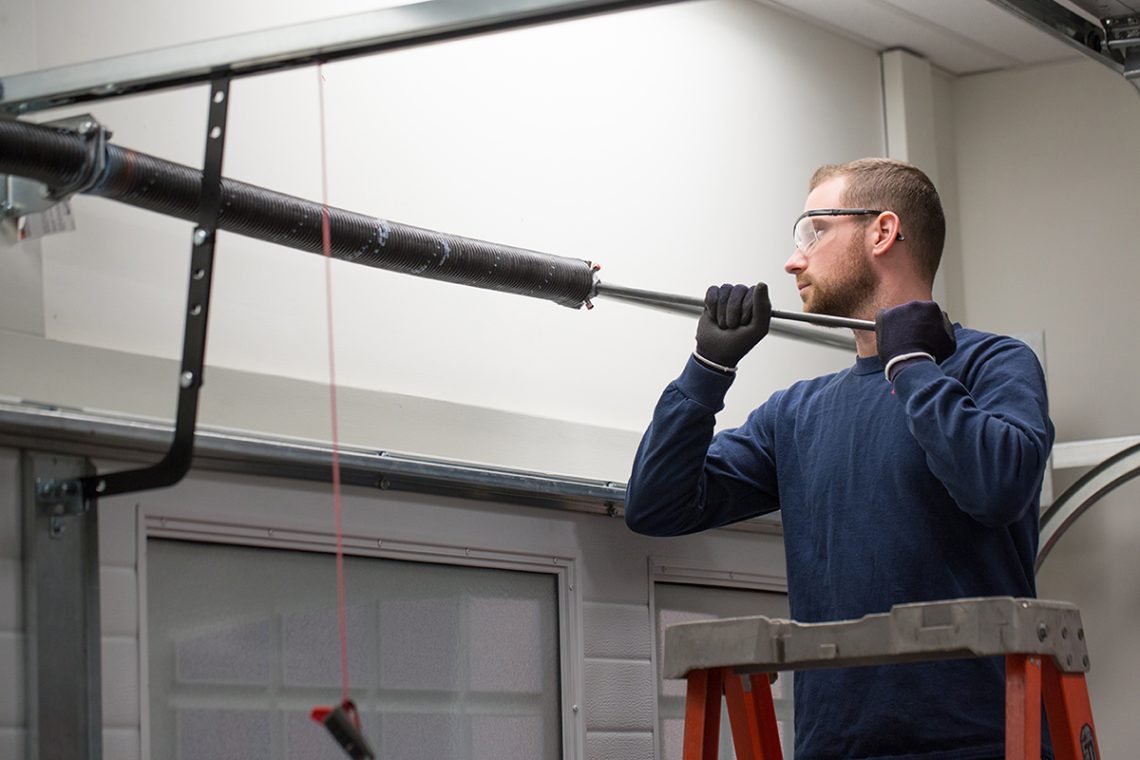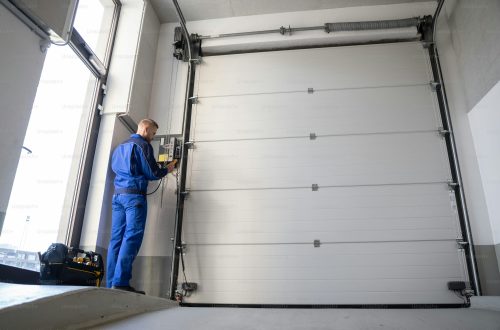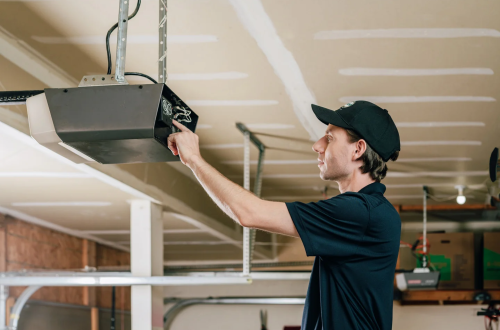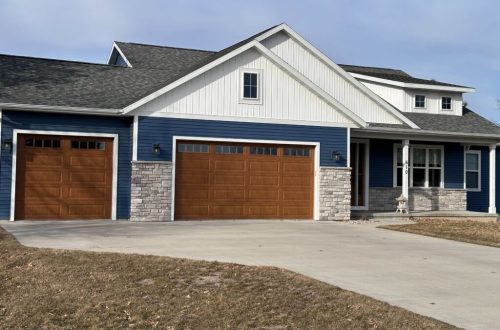A malfunctioning garage door can disrupt your daily routine, and one of the most common culprits is a broken spring. Understanding the role of garage door springs, recognizing signs of failure, and knowing the appropriate steps to take can help you address the issue promptly and safely.
Understanding Garage Door Springs
Garage doors rely on springs to counterbalance their weight, making it easier to open and close them. There are two primary types of springs:
- Torsion Springs: Mounted above the garage door, these springs use torque to lift the door. They are known for their durability and are commonly used in modern garage doors.
- Extension Springs: Located on either side of the door, these springs stretch and contract to facilitate movement. They are typically found in older garage door systems.
Both types are under high tension, which means they can pose safety risks if they break or are improperly handled.
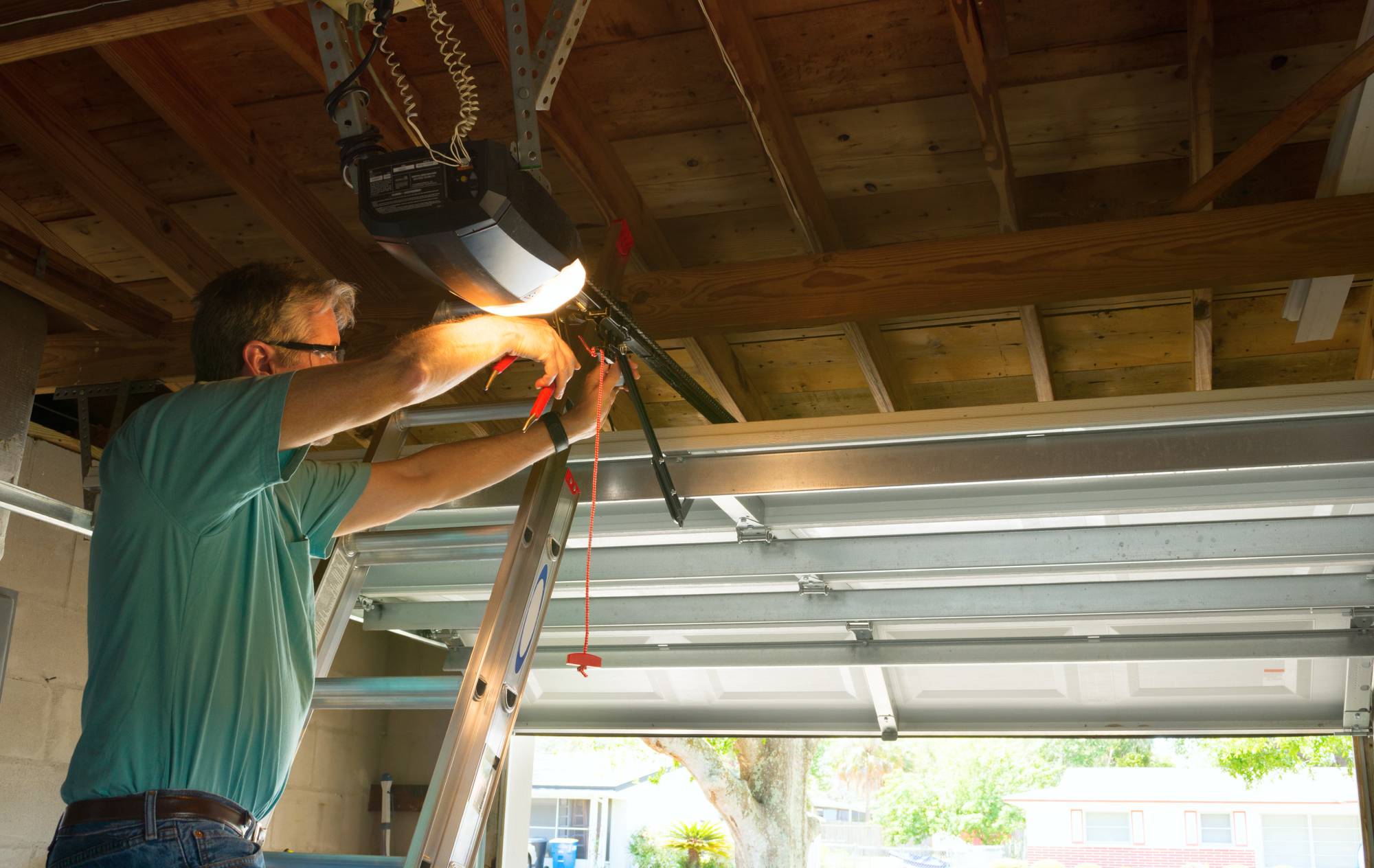
Signs of a Broken Garage Door Spring
Identifying a broken spring early can prevent further damage and potential injuries. Common indicators include:
- Loud Noise: A sudden, sharp bang from the garage may signal a spring snapping.
- Door Doesn’t Open Properly: If the door struggles to open or closes too quickly, a broken spring might be the cause.
- Visible Gap: In torsion springs, a noticeable gap can indicate a break.
- Crooked Door: If one side of the door appears higher than the other, an extension spring may have failed.
- Manual Operation Difficulty: A door that’s hard to lift manually suggests the springs aren’t providing the necessary support.
Safety Considerations
Attempting to repair or replace garage door springs without proper knowledge and tools can be dangerous. The high tension stored in these springs can lead to serious injuries if released unexpectedly. It’s strongly recommended to consult with or hire a professional technician for any spring-related repairs.
Repair vs. Replacement
When addressing a broken spring, consider the following:
- R
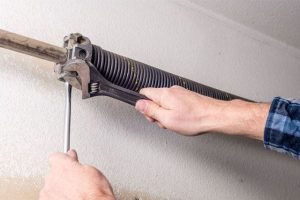 eplace Both Springs: If one spring breaks, the other is likely close to failing. Replacing both ensures balanced operation.
eplace Both Springs: If one spring breaks, the other is likely close to failing. Replacing both ensures balanced operation. - Use Quality Parts: Opt for high-cycle springs that last longer, especially if your garage door sees frequent use.
- Professional Assessment: A technician can evaluate the entire system to identify any additional issues that may need attention.
Cost Implications
The cost of replacing a garage door spring varies based on factors like door size, spring type, and labor charges. On average, homeowners can expect to pay between $150 and $350 for professional replacement. While DIY kits are available, the risks associated with self-replacement often outweigh the savings.
Preventive Maintenance
Regular maintenance can extend the lifespan of your garage door springs:
- Lubrication: Apply a silicone-based lubricant to springs every six months to reduce friction.
- Visual Inspections: Look for signs of wear, rust, or gaps in the springs.
- Balance Tests: Disconnect the opener and manually lift the door halfway. If it stays in place, the springs are balanced; if not, they may need adjustment.
Garage door springs play a crucial role in the smooth operation of your garage door. Recognizing the signs of a broken spring and understanding the importance of professional repair can ensure safety and prevent further damage. Regular maintenance and timely replacements are key to prolonging the life of your garage door system.
If you suspect a broken spring or need assistance with maintenance, it’s best to consult with a reputable garage door service provider in your area.
